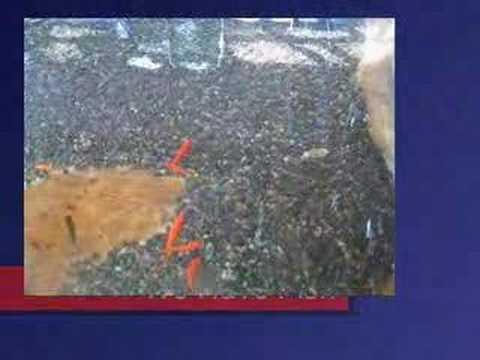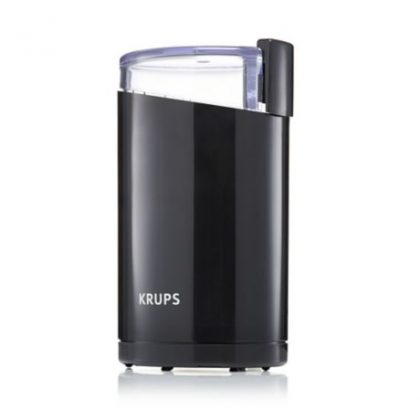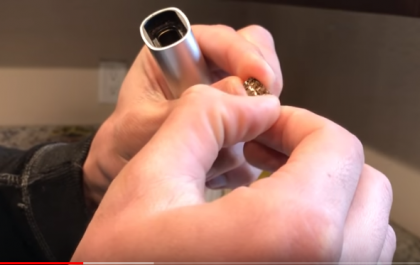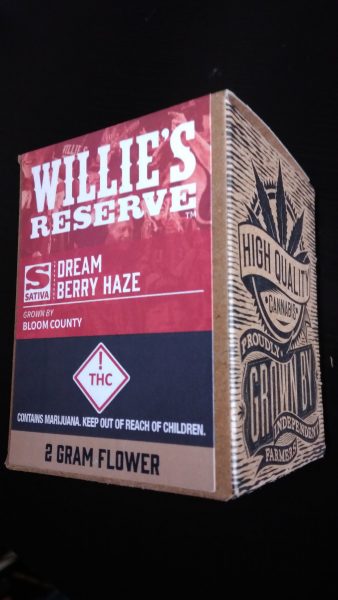Aquaponics

Aquaponics (IPA: /ˈækwəˈpɒnɪks/) is the symbiotic cultivation of plants and aquatic animals in a recirculating environment.
Aquatic animal effluent (for example fish waste) accumulates in water as a by-product of keeping them in a closed system or tank (for example a recirculating aquaculture system). The effluent-rich water becomes high in plant nutrients but this is correspondingly toxic to the aquatic animal.
Plants are grown in a way (for example a hydroponic system) that enables them to utilize the nutrient-rich water. The plants take up the nutrients, reducing or eliminating the water’s toxicity for the aquatic animal.
The water, now clean, is returned to the aquatic animal environment and the cycle continues. Aquaponic systems do not discharge or exchange water. The systems rely on the relationship between the aquatic animals and the plants to maintain the environment. Water is only added to replace water loss from absorption by the plants, evaporation into the air, or the removal of biomass from the system.
Aquaponic systems vary in size from small indoor units to large commercial units. They can use fresh or salt water depending on the type of aquatic animal and vegetation.





